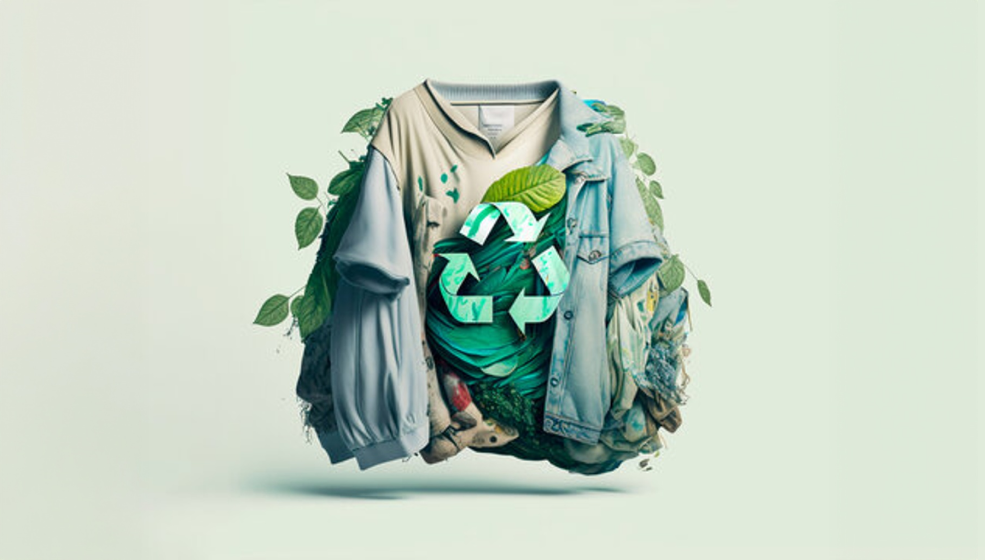Fashion
Researchers develop new eco-friendly fashion

The textile and leather industries pollute water through dyeing and tanning, and cause plastic pollution from synthetic fibers. In particular, synthetic chemicals manufacturers use to dye clothes, especially black dyes for leather, pollute the environment. To try and solve this problem, researchers at the Imperial College of London modified bacteria to produce an eco-friendly, self-coloring, animal-free leather.
The researchers worked with a group of bacteria called the Komagataeibacter that produce an eco-friendly leather substitute called bacterial cellulose. They explained bacterial cellulose is advantageous because it is strong and long-lasting, grows easily from waste like fruit juice, and is biodegradable. It is also cheap to make and has many industrial uses, like for electronics and wound dressing to cover and protect injuries. Designers like it because it’s sustainable and uses more natural materials instead of petroleum-based ones.
The researchers wanted to change the bacteria’s genes to make them produce both bacterial cellulose and a dark pigment that protects against sunlight and absorbs harmful substances, called melanin. They hypothesized that melanin could make the cellulose more versatile, by making it stronger and protecting it from sunlight, so it could be used for new applications, like eco-friendly sunscreens or pollutant-absorbing materials.
To do this, the researchers grew the Komagataeibacter in 2 types of liquid food, or culture media: one was made from glucose, and the other from coconut water. They sterilized these liquids to ensure they were clean and germ-free. They introduced new genetic material into the bacteria’s DNA using a process called electroporation. The new genetic material included a special type of circular DNA that allowed the bacteria to produce melanin.
First, they let the genetically modified bacteria grow as usual. Then, they added ingredients that “turned on” the melanin production, like L-tyrosine, a building block of melanin, and copper sulfate, a catalyst that speeds up the process. To see how much melanin the bacteria made, they measured how dark the culture media got, which was a good indicator of melanin levels. To check if different conditions changed how much melanin the bacteria produced, the researchers tried out different pH levels, salt amounts, and metals, which could affect the bacteria’s melanin output.
Next, the researchers wanted their Komagataeibacter to produce a special type of melanin that produces a dark brown to black color, called eumelanin. To make the bacteria produce eumelanin, the researchers further modified their genes. In particular, they added a gene that made the bacteria produce an enzyme called Tyr1, which helps stimulate melanin production. They used this genetic change to create a unique strain of bacteria that could produce eumelanin continuously.
Once they had these genetically modified bacteria, they conducted experiments to control how much eumelanin the bacteria produced. They used a method that allows scientists to control cell behavior using light, called optogenetics. In this case, they shone blue light on the bacteria, which triggered them to produce more eumelanin. This light also caused some bacteria to produce another protein that turns a red color. The researchers used this red color to track how well the light-triggering process worked. The researchers observed how much eumelanin these modified bacteria produced under different conditions, so they could better control melanin production.
The researchers found that when bacteria produced melanin, they formed a mat-like layer that could hold water better. They interpreted this result to mean that adding melanin to different materials could change their surface properties. To show how melanin could be used in leather-based products, the researchers made sample items, like a wallet and a shoe upper, from a mix of bacterial cellulose and melanin. They confirmed that adding melanin to the cellulose made it more durable. They found that the melanin stayed stable even after treatments like high-pressure steaming and washing with ethanol, meaning it could hold up well in real-world use.
The researchers suggested that future studies should find enzymes that can produce melanin under acidic conditions, which require less water for production. Using less water makes the process more eco-friendly and efficient, especially if melanin is used in large-scale production. Finally, they encouraged scientists and designers to keep collaborating to develop innovative methods for creating sustainable textiles, making fashion more eco-friendly.
Post Views: 25








